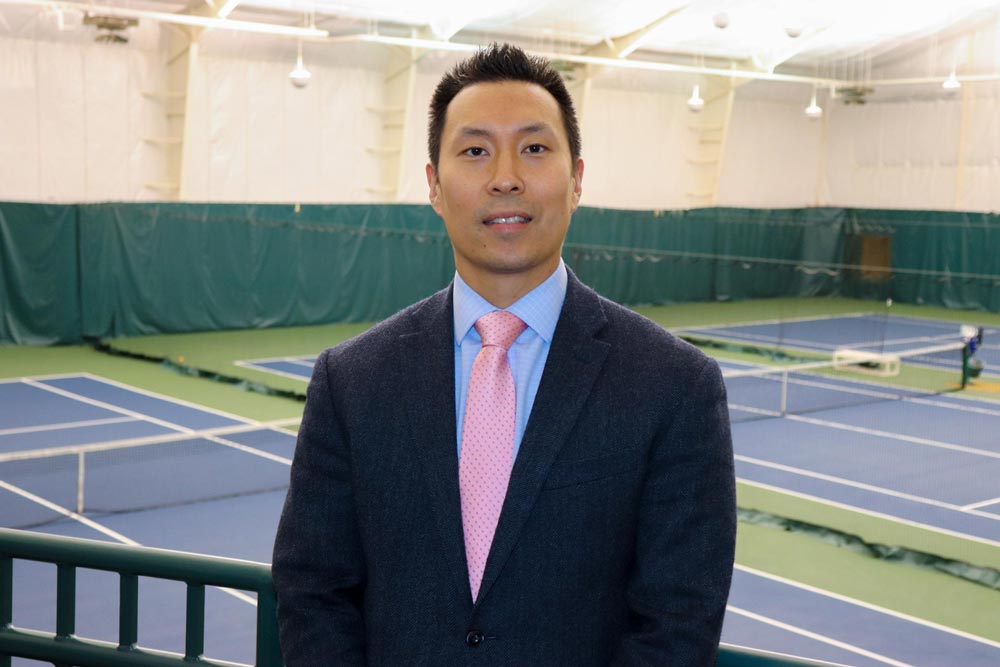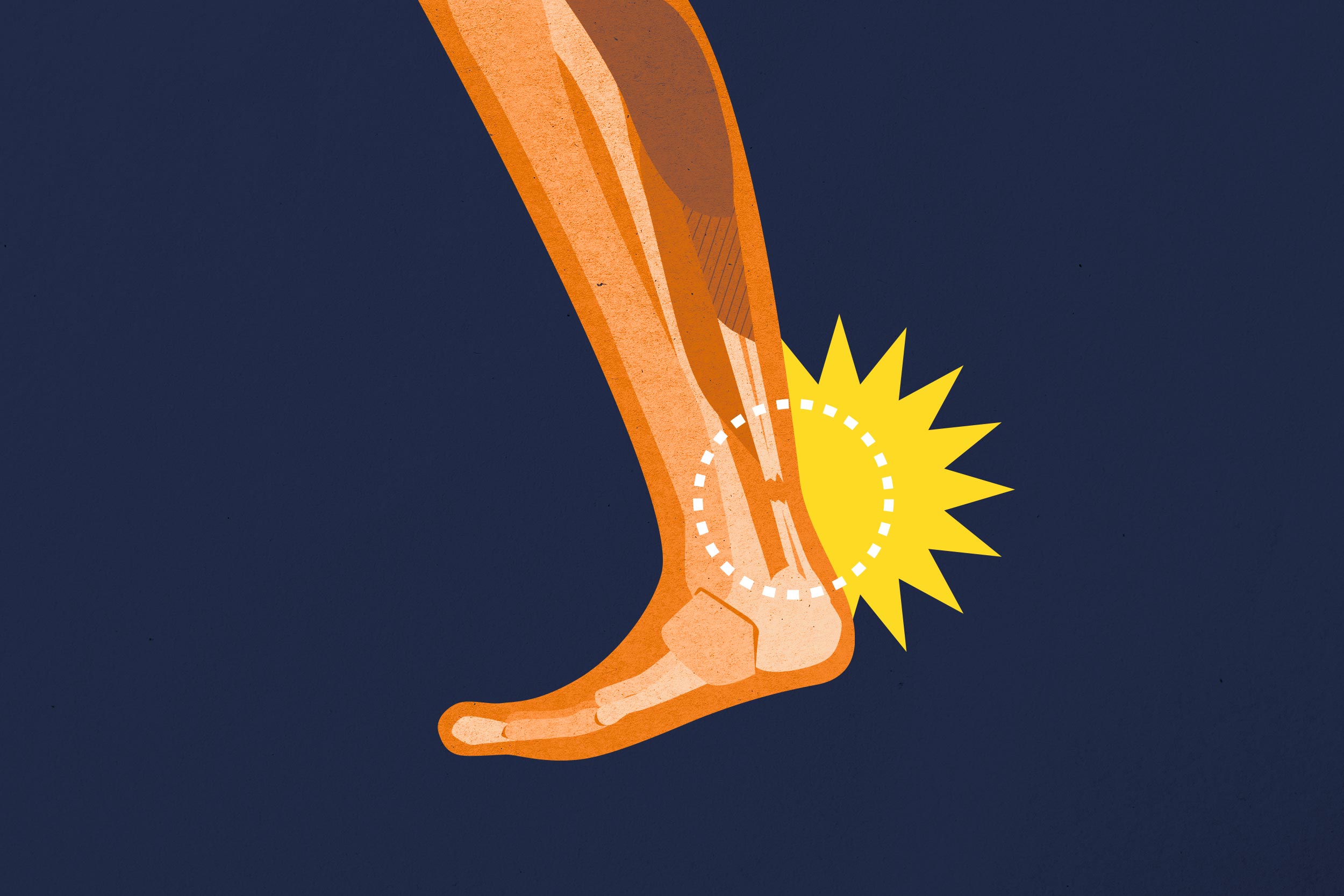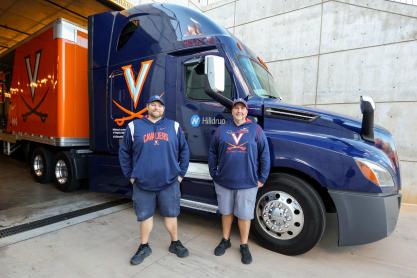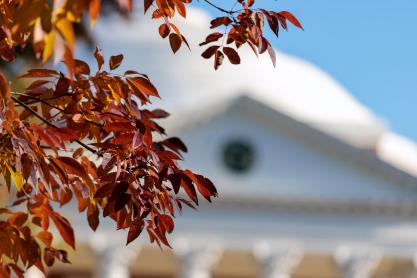Dr. Joseph Park doesn’t need to see any more replays. The first time he saw Indiana Pacers star guard Tyrese Haliburton fall to the floor in pain Sunday night during the first quarter of Game 7 of the NBA Finals was more than enough.
“While many people were fascinated by the video clip of his Achilles (tendon) rupturing in slow motion,” Park said, “I am truly unable to watch as I know what these athletes will go through for the next several months.”

Dr. Joseph Park’s research interests include sports-related injuries to the foot and ankle and tendon reconstruction. (Contributed photo)
Park is the University of Virginia's professor of orthopedic surgery and chief of the foot and ankle division in the Department of Orthopedic Surgery at UVA Health. The 2004 School of Medicine alumnus also serves as the team foot and ankle surgeon for UVA Athletics. His research interests include sports-related injuries and tendon reconstruction.
Naturally, he’s been engaged in numerous conversations within his profession stemming from the latest notable NBA player to injure his Achilles tendon, located at the back of the leg above the ankle.
Haliburton’s right Achilles tendon tear, which required surgery Monday in advance of an expected lengthy recovery period, was the third such injury to an NBA player during the playoffs, following similar injuries suffered by the Milwaukee Bucks’ Damian Lillard and the Boston Celtics’ Jayson Tatum. Four other players sustained the injury during the regular season.
“And honestly, right now, torn Achilles and all, I don’t regret it. I’d do it again, and again after that, to fight for this city and my brothers." 🫶
Tyrese Haliburton shares his thoughts following a successful surgery on his torn right Achilles tendon 🙏
(via @TyHaliburton22) pic.twitter.com/105kFisOK2— Yahoo Sports (@YahooSports) June 24, 2025
Forbes, citing a study published in the Orthopedics Journal of Sports Medicine, reported this week the average number of Achilles tendon tears among NBA players per season from 1990 to 2023 was only 1.36.
Park has many theories on why the sudden uptick, including overall fatigue from inadequate rest to meet a rigorous schedule that extends beyond the 82-game regular season and into the grueling playoffs and then, for some players, international competitions in the summer.
“Nonathletes sustain Achilles ruptures at a rate of eight to 10 ruptures per 100,000 people per year,” Park said. “In elite-level athletes, this number may be doubled, up to 20 ruptures per 100,000 people per year. The rate is definitely increasing for all age groups. … Achilles ruptures occur much more frequently in male patients, usually while participating in sports such as basketball or soccer, and now pickleball.”
Whether you’re an NBA player or a recreational athlete, the causes of an Achilles tendon tear can be the same, Park said.
“The Achilles tendon is known to become less flexible as we age, putting us at a higher risk of rupture once the elasticity of the tendon cannot accommodate the force applied through the tendon,” he said. “Factors such as inadequate warm-up, hamstring tightness, repetitive high-impact exercises, and early focused participation in one sport have been suggested as reasons for the recent increase in Achilles ruptures.










